
All living things need water to survive. Without water, life as we know it would not exist. Water is essential not only to survive in a sizzling desert.
Just as nothing can live without water, not much can be made without it, from cotton candy to T-shirts.
We need to be smarter and more careful about how we use water, we can't get more. Let's reduce water waste whenever is possible, in our daily life and in our purchasing by favouring products made with reduce water usage.
Let's waste less.
Stop F**king The Planet,
Julia.
Credits:
Illustrations: @serenaconti
Sponsored by @panamatrimmings

A natural dyeing using pomegranate peel, nothing artificial or synthetic has been added as a natural fruit tea. The peel is the main residue from this fruit and it contains the highest content of tannins compared to the juice or seeds.
A waste product which is a rich source of natural tannins. A vegetable tanning has never been so exciting and sensational.
Stop F**king The Planet,
Julia.
Credits:
Illustrations: @serenaconti
Sponsored by @panamatrimmings
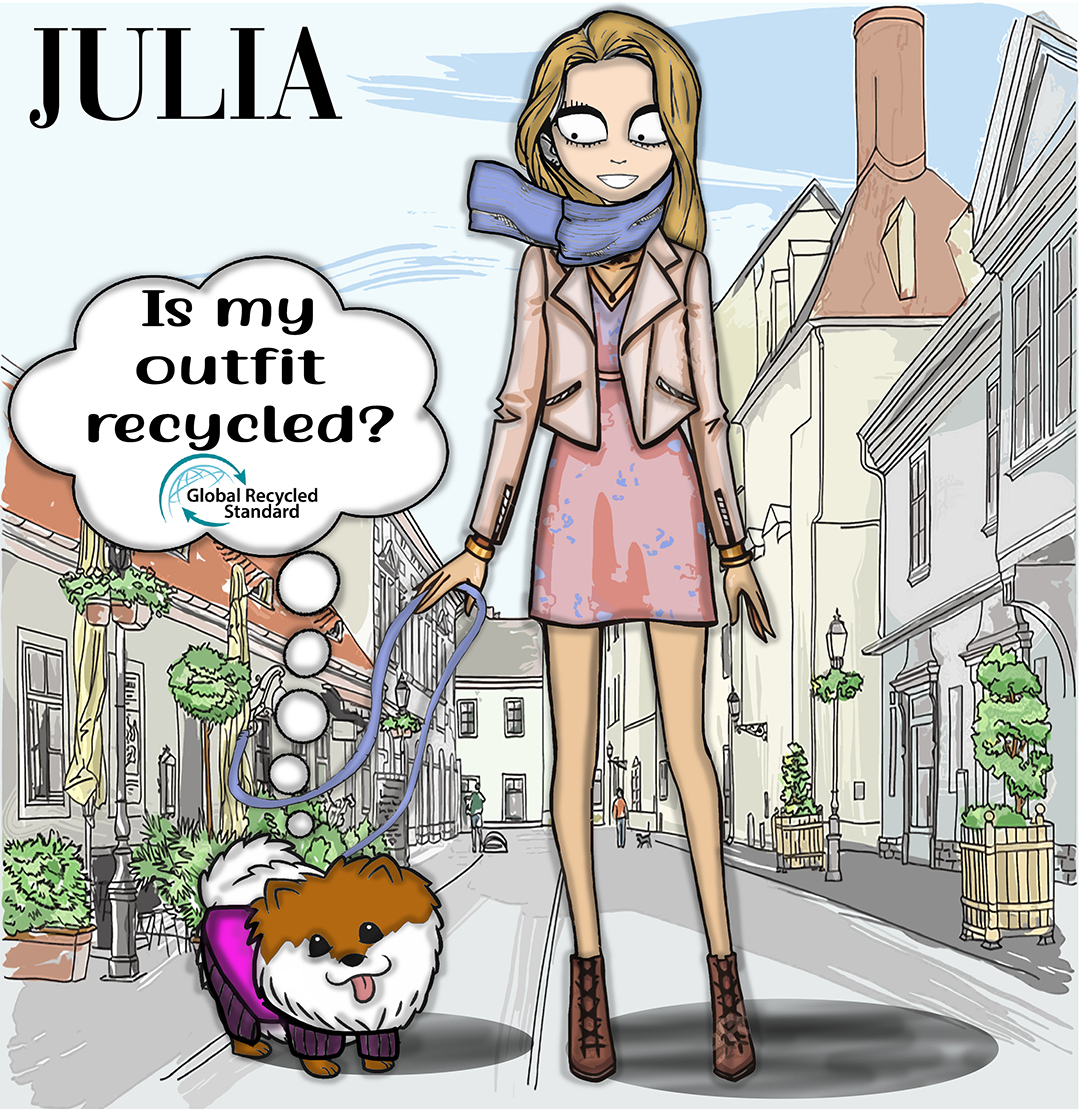
There is a way to make sure if your out-fit fabric is recycled, it's the globally recognized certification called GRS o RCS.
The Global Recycled Standard is an international full product standard that sets requirements for third-party certification of recycled content and verify responsible social, environmental and chemical practises in the production. It provides consumers with a tool to make informed decisions.
Certified companies and suppliers can tell the world about the big commitments they have made, check the labeling.
Stop F**king The Planet,
Julia.
Credits:
Illustrations: @serenaconti
Sponsored by @panamatrimmings

Is wool a recyclable material? Yes, it's the most reused and recyclable fibre. No more worries and doubts, there are a ton of great reasons to use the recycled wool and there are a ton of different ways for reusing it, such as paper.
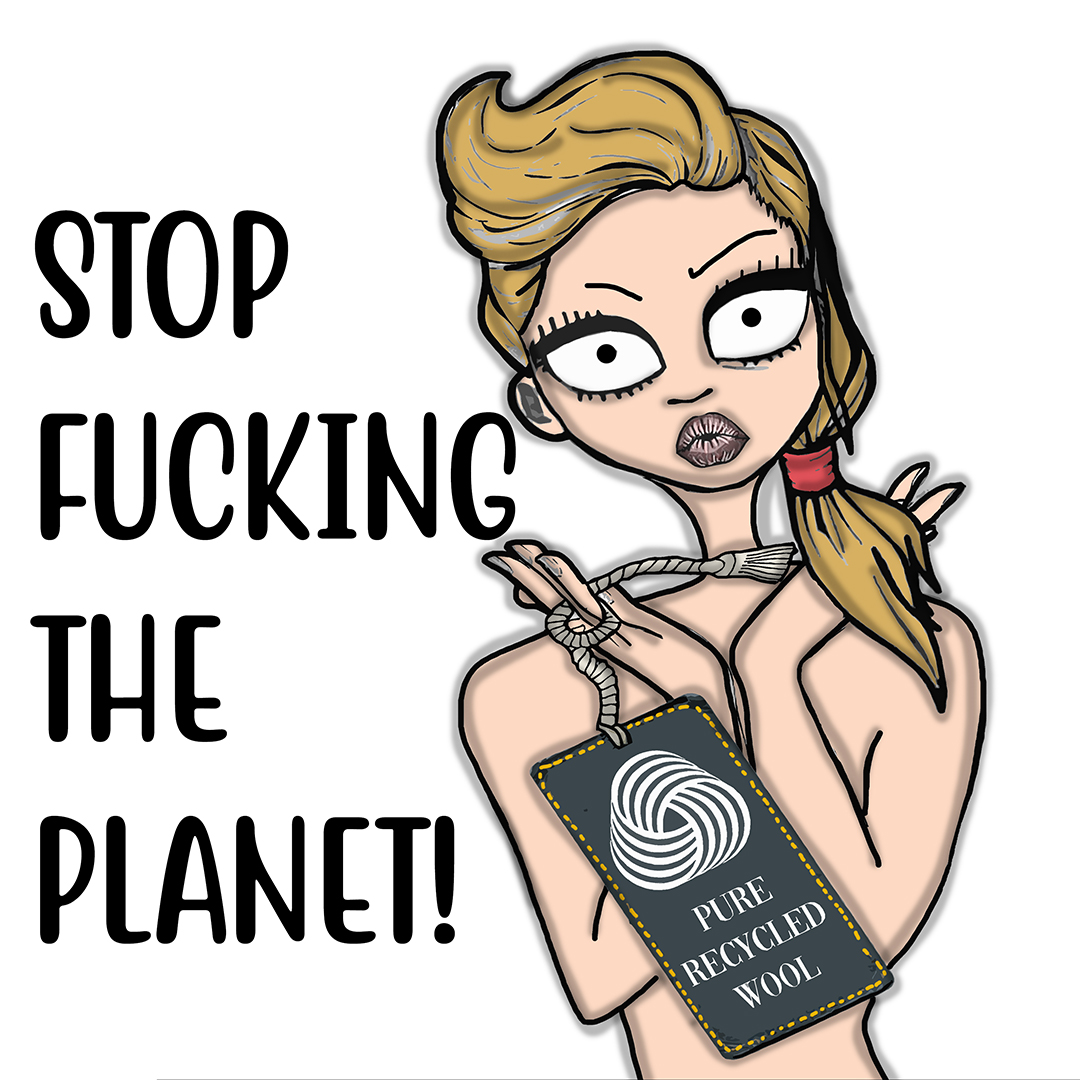
Hang-Tag in recycled wool paper is a clear example. Made using Refit Wool paper by Favini containing 15% of fibres from textile processing by-products of wool.
Onward and upward.
Stop F**king The Planet,
Julia.
Credits:
Illustrations: @serenaconti
Sponsored by @panamatrimmings
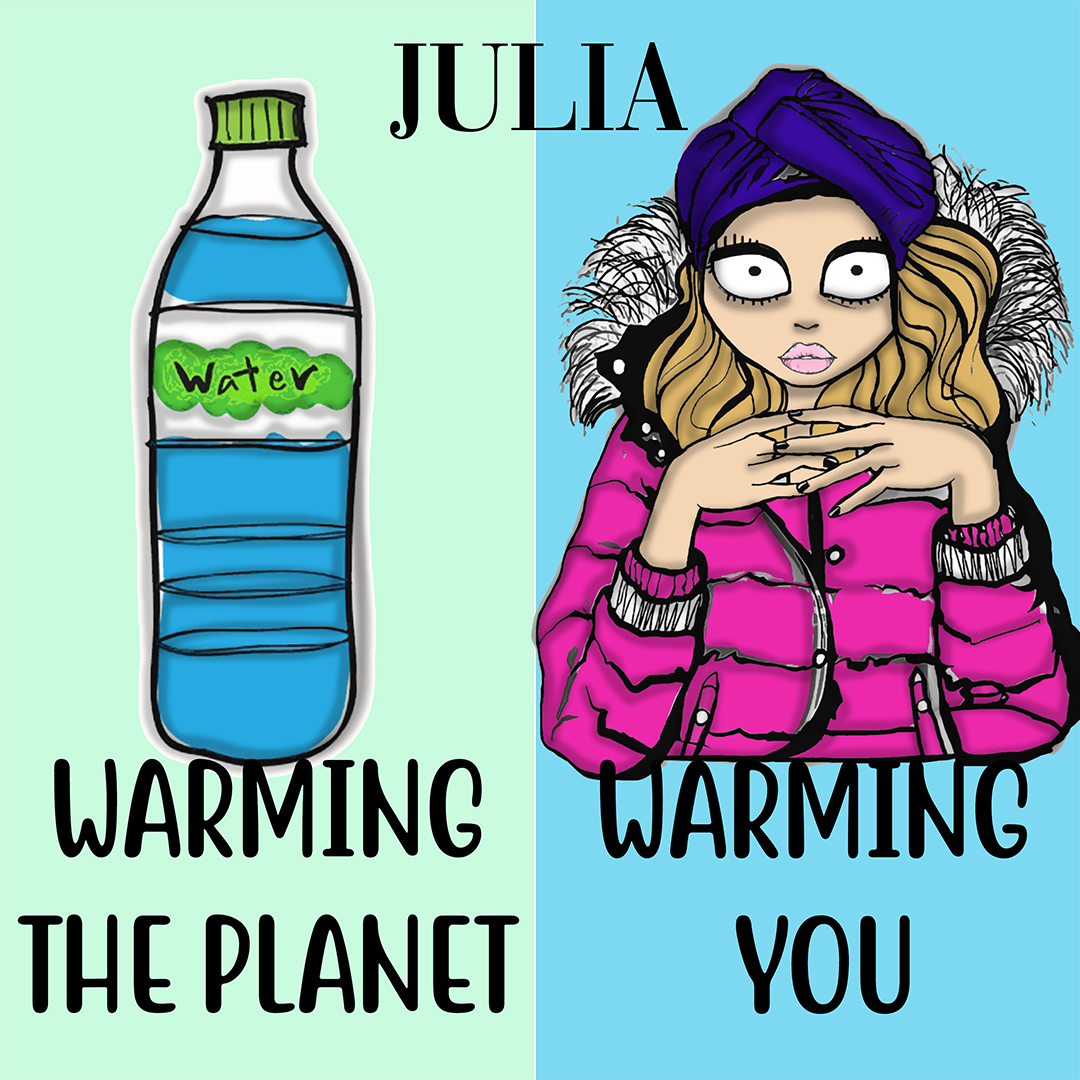
PET (Polyethylene terephthalate) is a highly recyclable plastic resin and a form of polyester. It's a popular choice for packaging because it's inexpensive, lightweight, resealable, shatter-resistant and recyclable, in its recycled form, called RPET, is used to make a variety of end products. Fabric for T-shirt, underwear, sweaters, jackets and many other products.
While the future of plastic recycling is promising, however, it still has a long way to go. For the last 50 years, plastic consumption has continued to increase but our collective ability to effectively recycle this material has lagged behind.
Creating a new life for plastic water bottles is a great start.
Creating a garment using RPET makes fashion a force for good.
Choosing trims made with RPET on your sustainable apparel makes you staying true to yourself.
Stop F**king The Planet,
Julia.
Credits:
Illustrations: @serenaconti
Sponsored by @panamatrimmings

That's kind of impressive, a dress made of cork.
Cork is a natural, sustainable, renewable and good for the environment as we can imagine a material can be.

One of nature's most extraordinary gift, cork oak is unique in its ability to regenerate its outer bark, known as cork. Harvested every nine years, cork gives rise to an endless array of products, from the traditional to the most innovative and unexpected ones. A raw material for the famous cork stoppers but also for insulation, flooring and products for fashion, design, health, energy production and the aerospace industry.
The thick spongy hide is stripped away without causing any damages to the tree, and cork barks will regrow.
Thanks Quercus suber for your bounty and sustainable core.
Stop F**king The Planet,
Julia.
Credits:
Illustrations: @serenaconti
Sponsored by @panamatrimmings

Never in my life have I been so happy with my swimsuit, very groovy and made with recycled nylon.
A magnificent piece of art.
Recycled nylon is made of recycled yarn mainly derived from post consumer materials at the end of their useful file. A regenerated new nylon yarn coming from industrial plastic waste, waste fabric and old fishing nets. Using as much recycled nylon as we can, we reduce our dependance on petroleum as a raw material source. There are plenty of nylon that is already in use or on its way to landfill or it's floating in our oceans. The most sustainable action is to reuse what we already have, bringing back to life wastes around us.
Stop F**king The Planet,
Julia.
Credits:
Illustrations: @serenaconti
Sponsored by @panamatrimmings
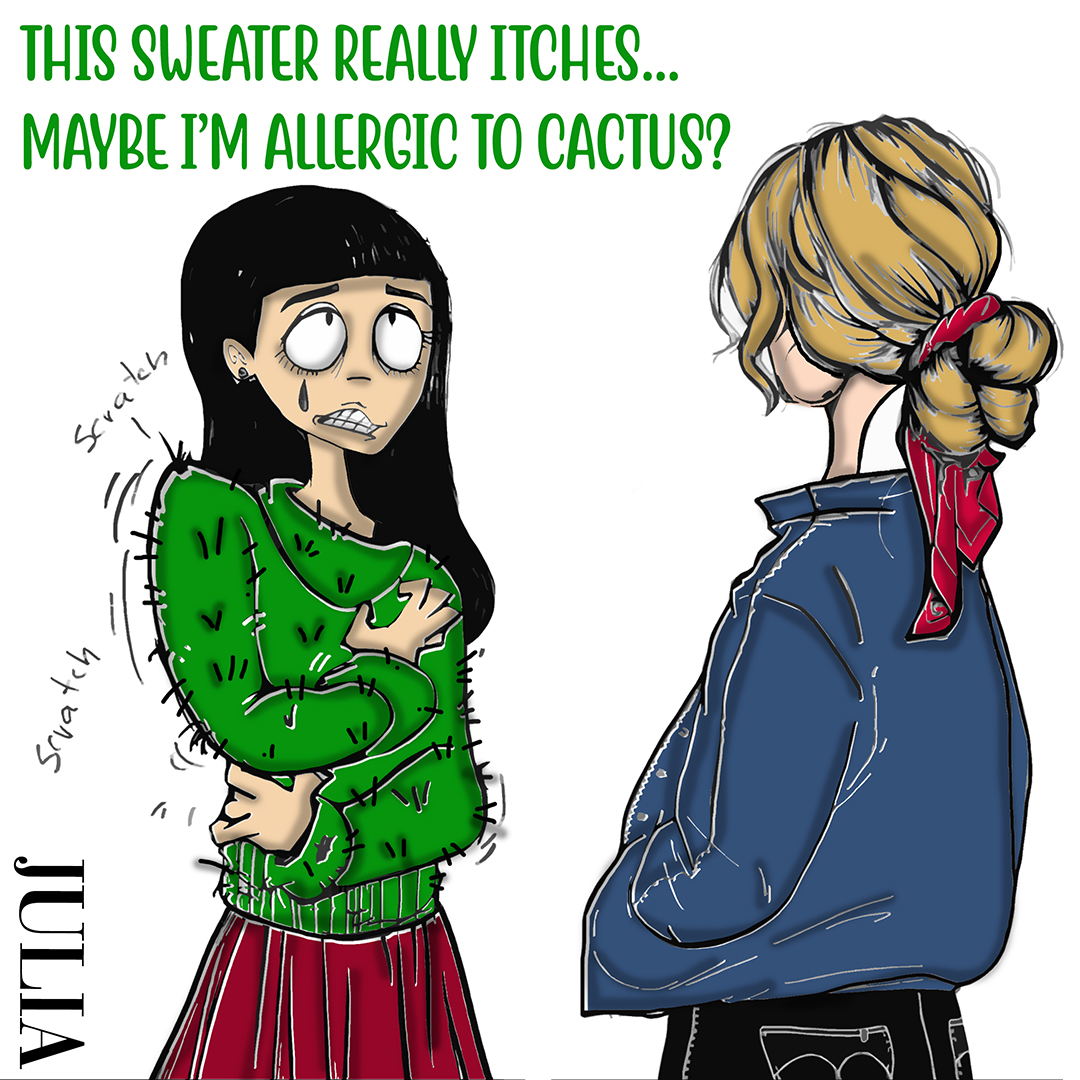
Oh my little naive friend, you wouldn't have had any nasty surprises with a genuine sustainable bio-based material.
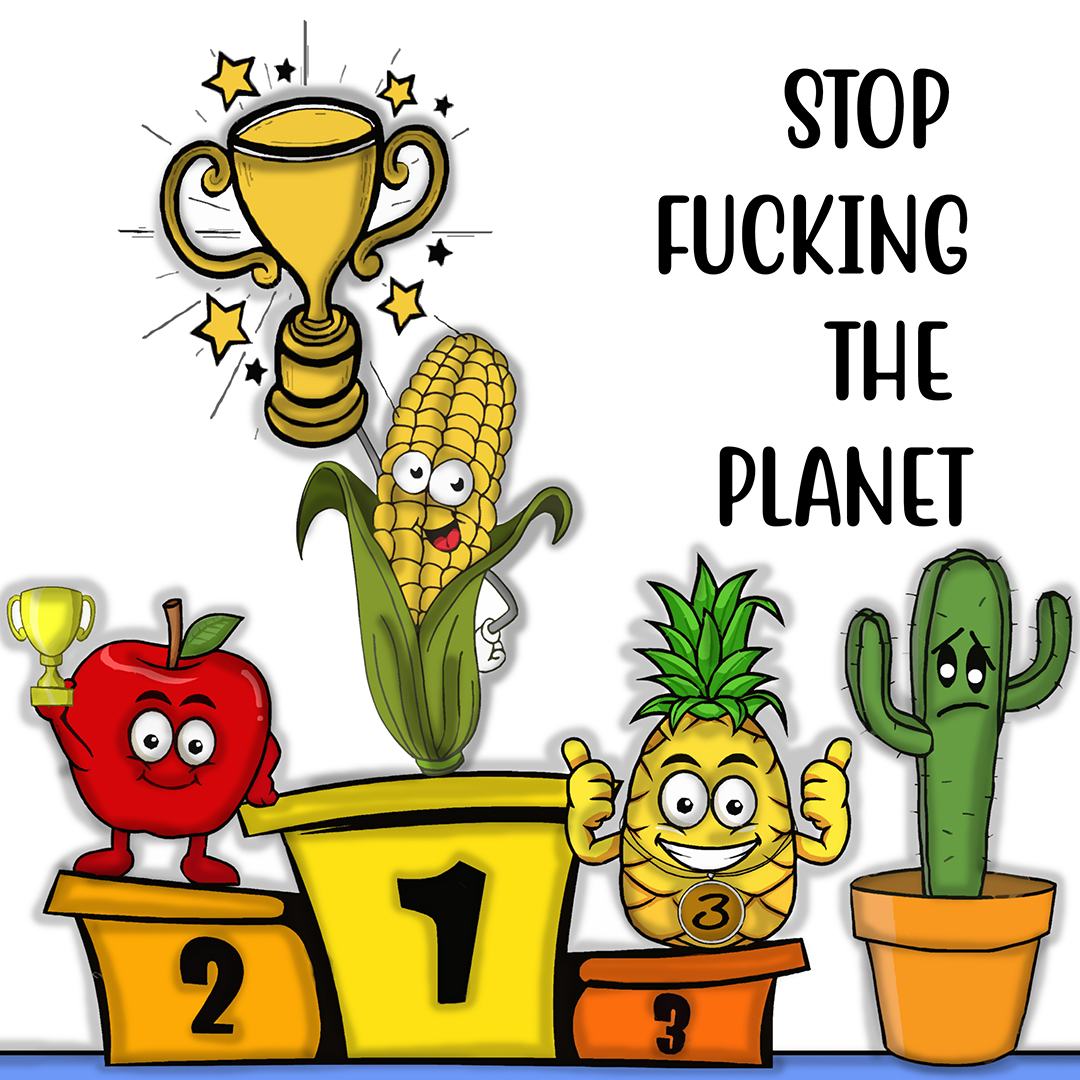
Sustainable cool fashion is wearable, with pleasure and awareness.
It's not by chance that corn reached the top step of the podium.
Credits:
Illustrations: @serenaconti
Sponsored by @panamatrimmings
Inspired by www.viridis-leather.it

